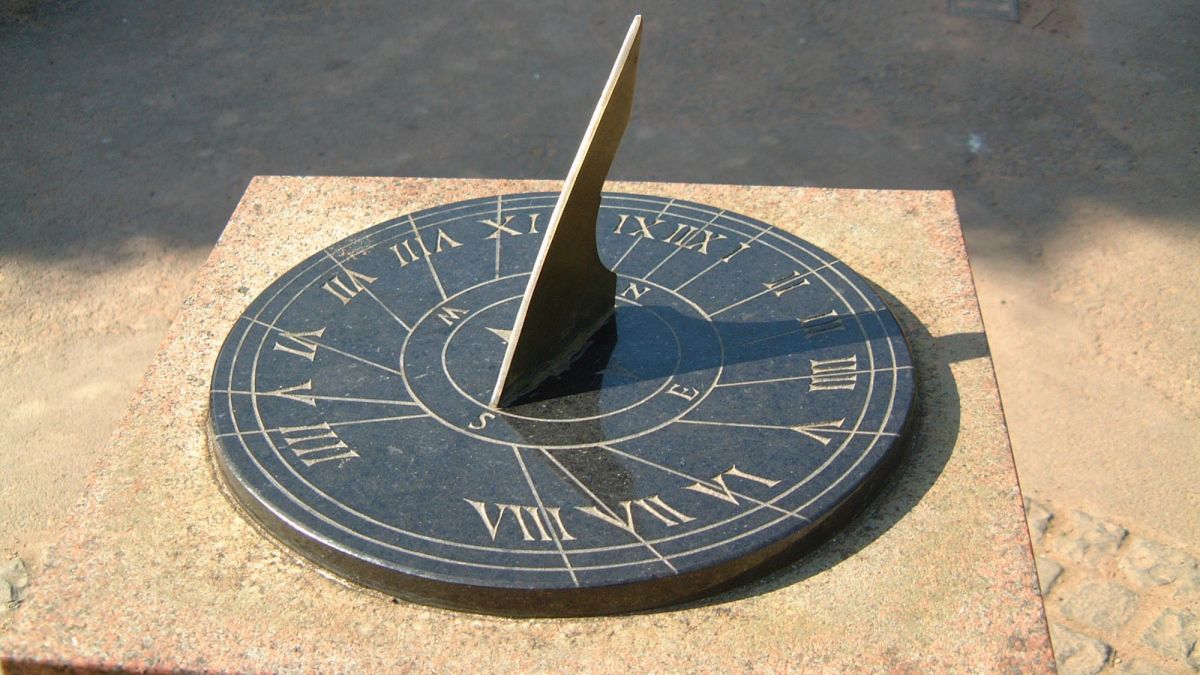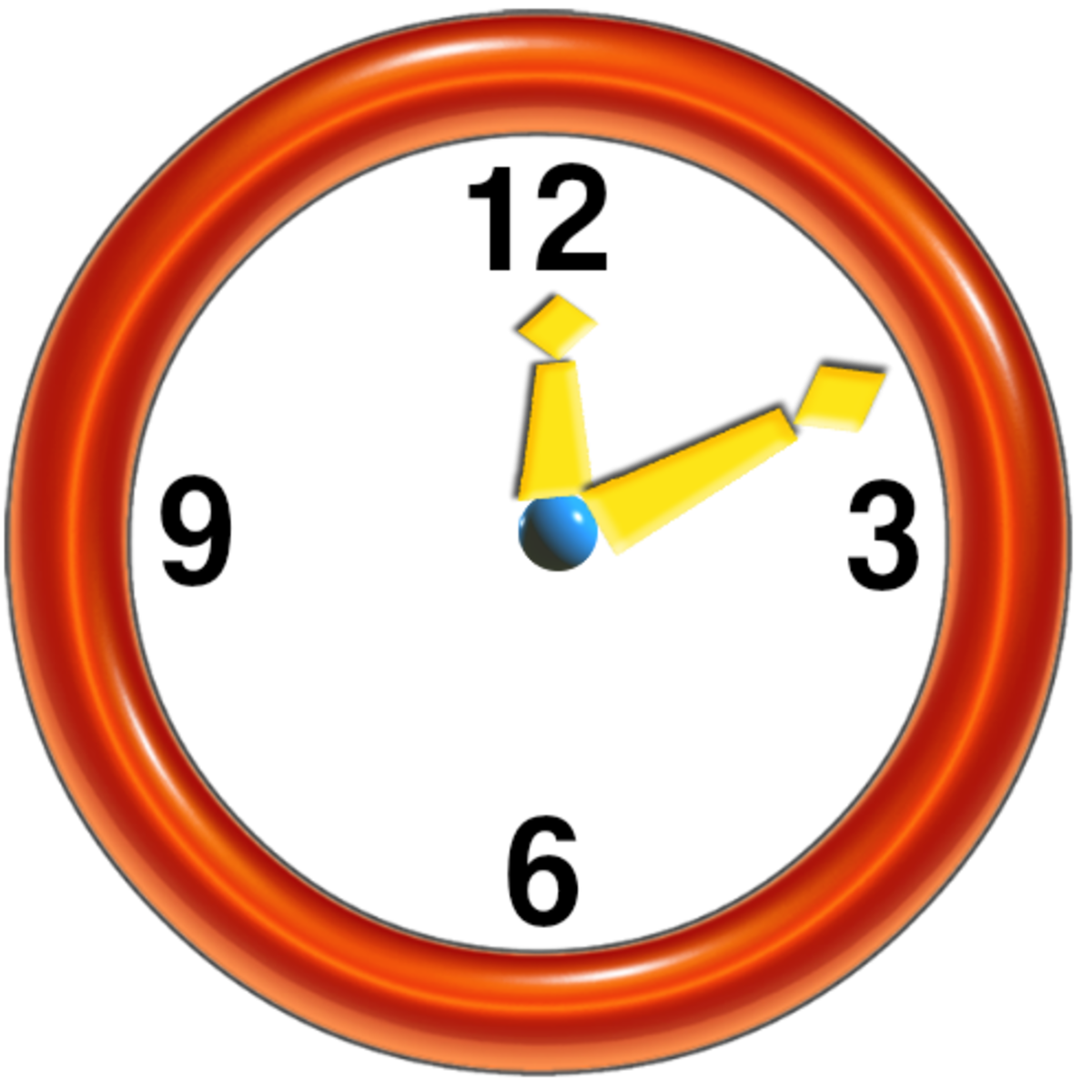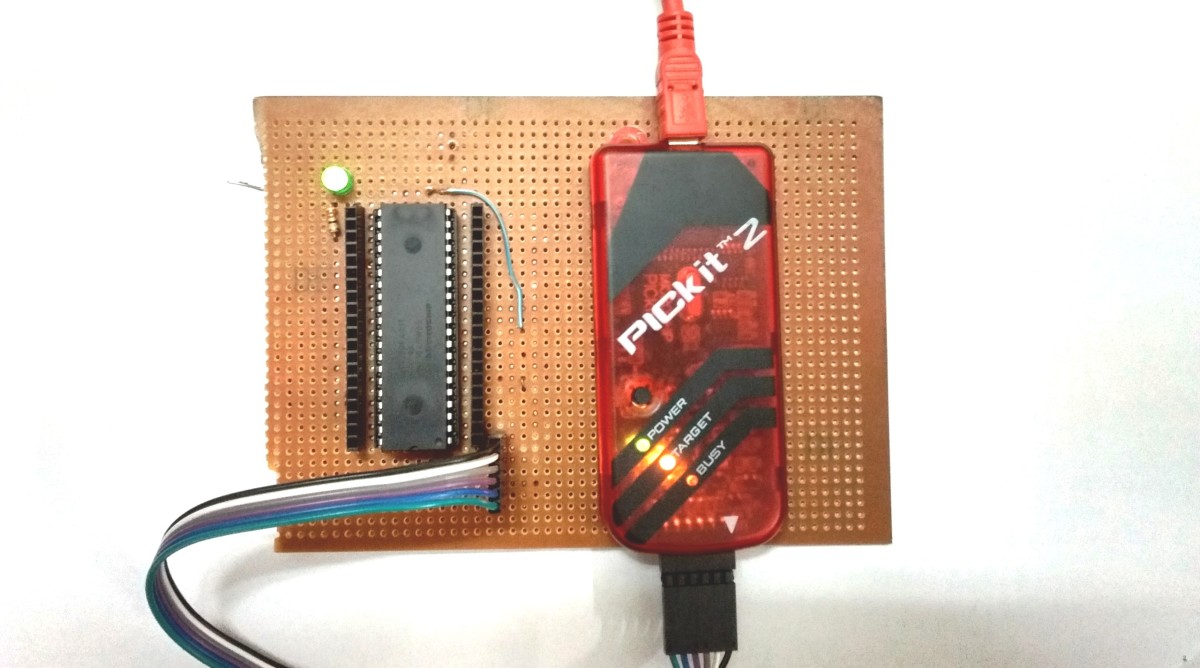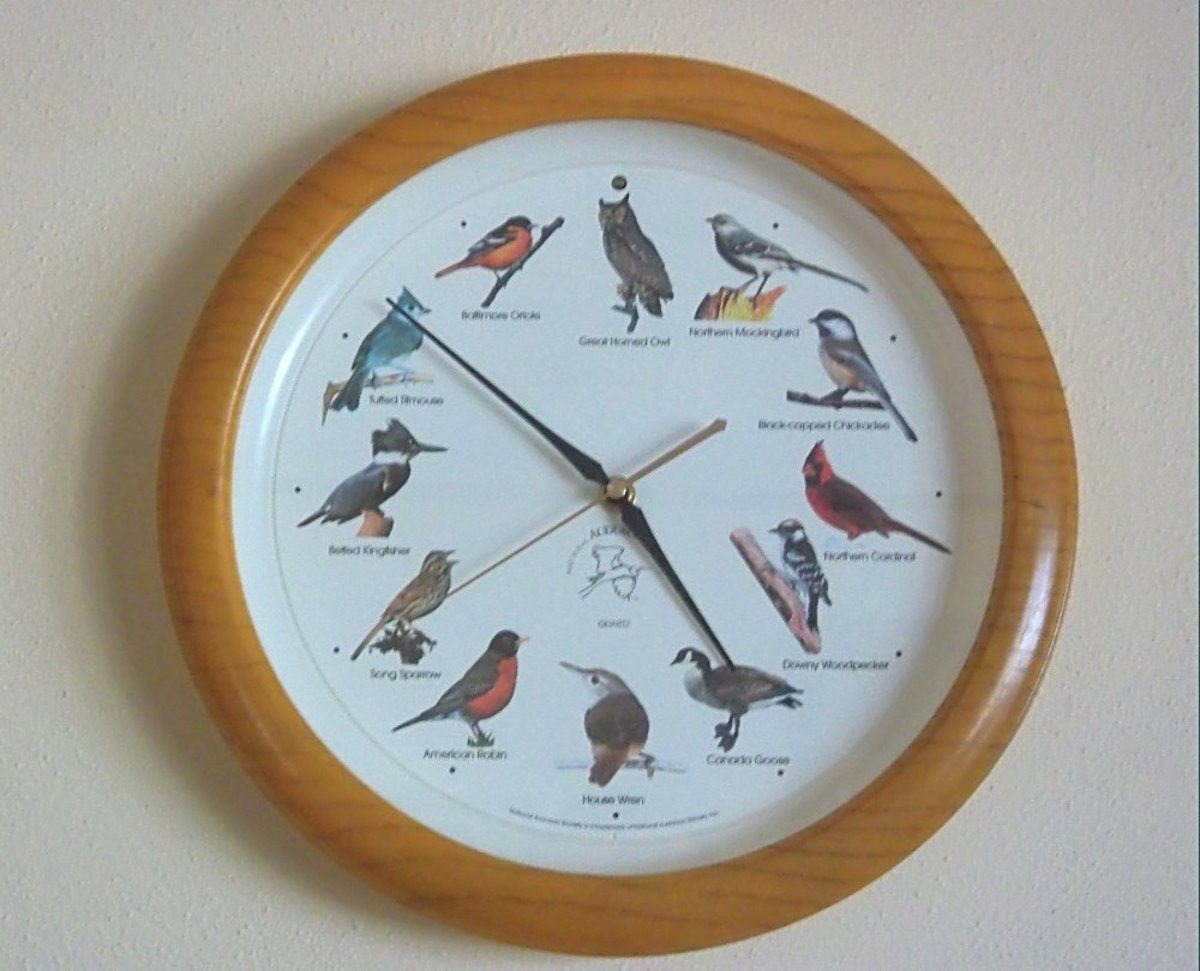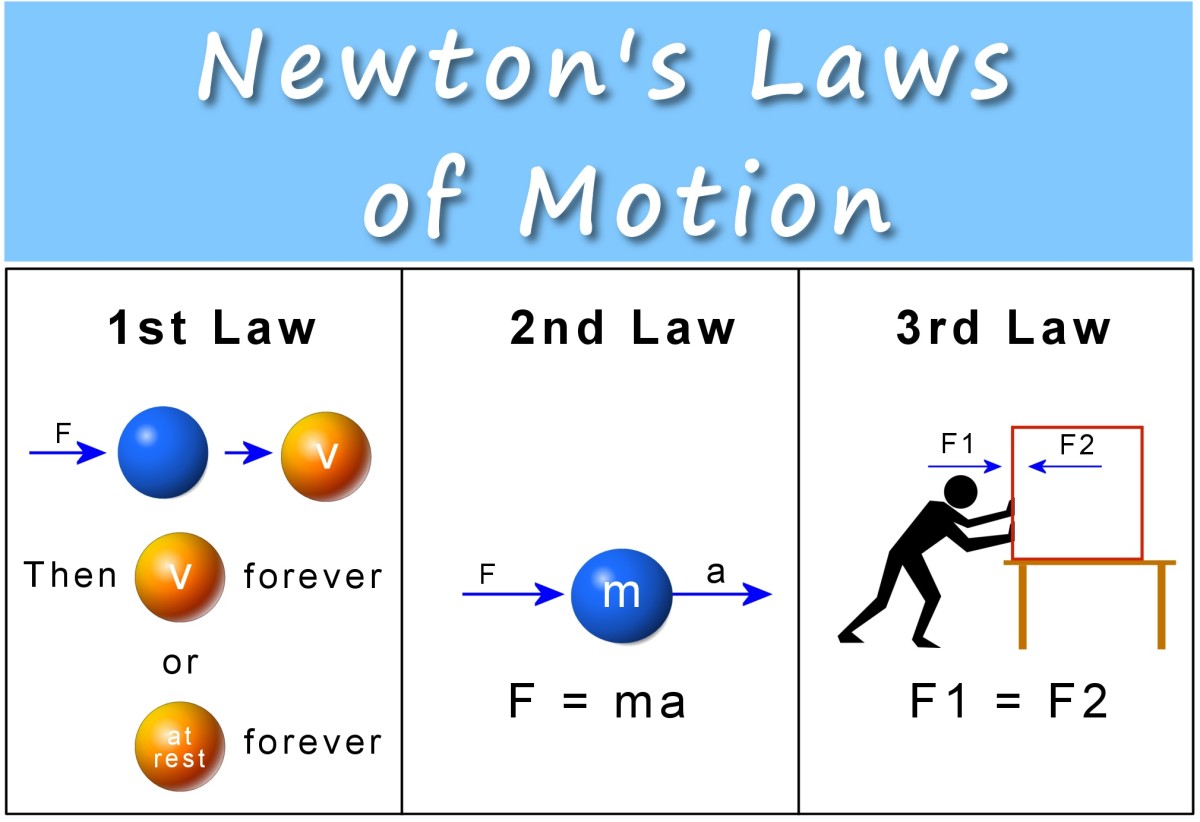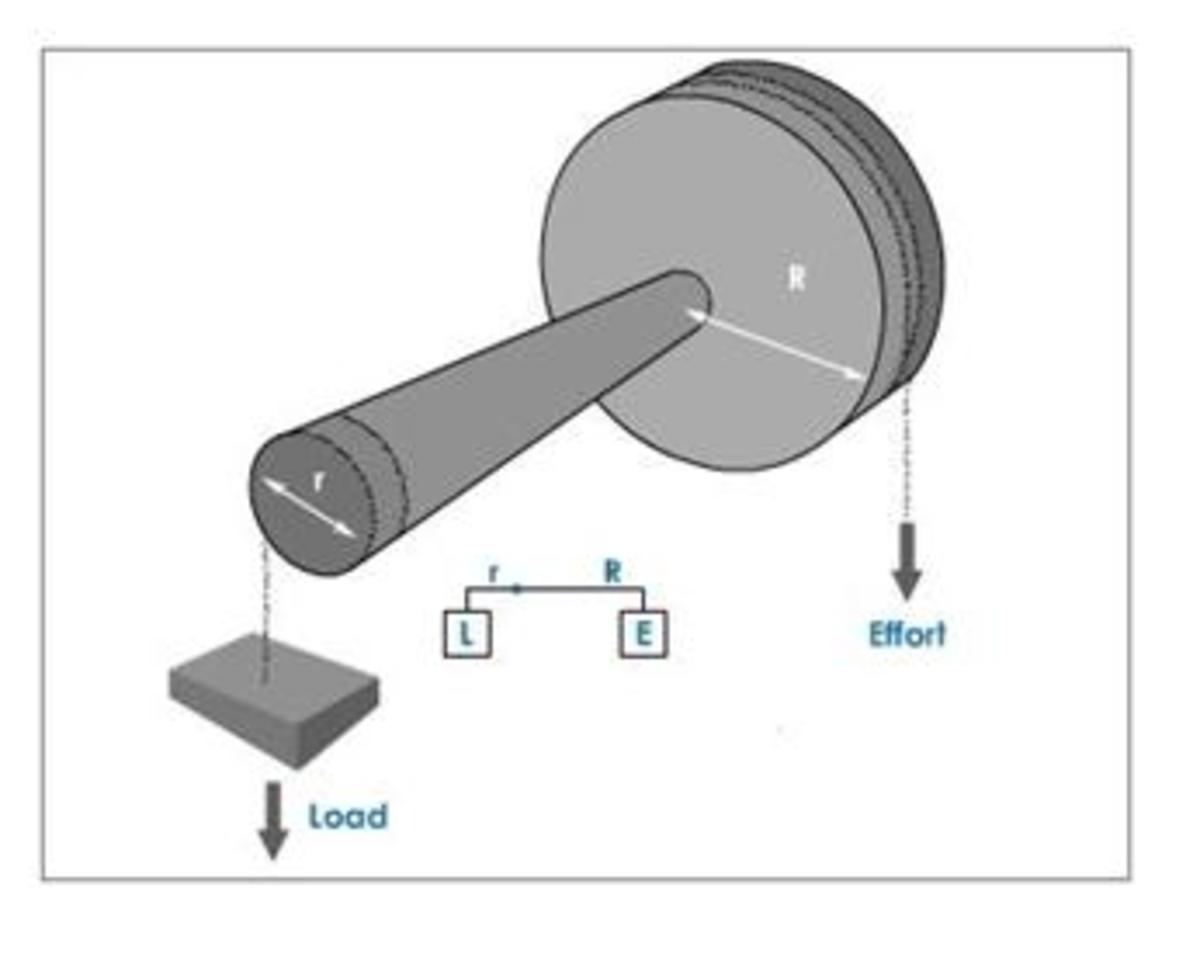As Time Goes by - All About Time Keeping and Digital and Analogue Clocks
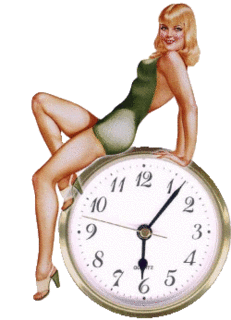
In the Beginning
15 Jul 2012 - Everything you wanted to know about clocks and horology (the study of clocks and timekeeping). From telling the time, the history of clocks, weird clocks, strange clocks and how they all work.
Time continues to fascinate us. Stephen Hawking's A Brief History of Time published in 1988 was a massive best seller.
Since the dawn of civilisation, humans have been trying to keep track of the passage of time. It all began with a gradual awareness of the transition between night to day.
In ancient times it was often a matter of life and death to return home before nightfall. The sun, and its position in the sky, therefore became the first timepiece.
Sundial
The ability to know the time of day by reference to the sun's position was eventually formalised with the invention of the sundial; arguably the first clock.
This uses a shadow to indicate the time of day against a graduated series of lines arranged in part of a circle. However, obvious drawbacks of the sundial are the lack of portability and the fact it doesn't work when its cloudy or dark.
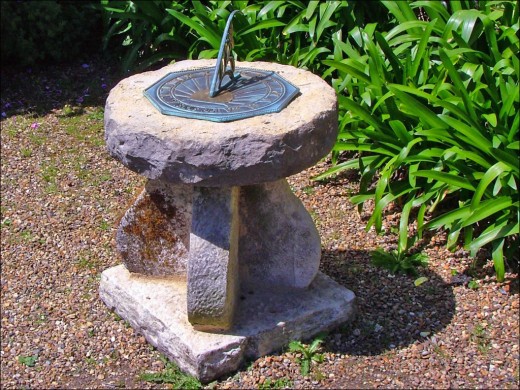
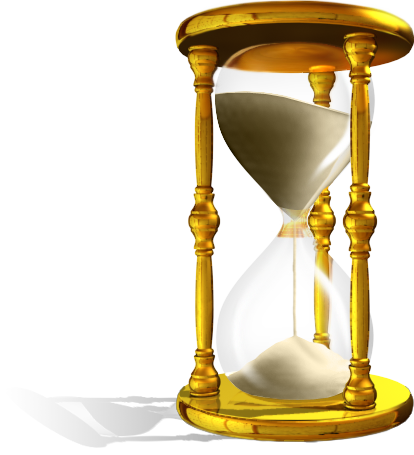
Hour Glass
Later, more accurate tracking of short time periods was done using an hour glass. This device relies on the laws of physics to make the time period repeatable. Gravity forces grains of sand or other material through a thin aperture.
This same technique can still be seen today in the old-fashioned egg timer. The obvious advantages are it works indoors and at night.
However, its accuracy is limited and it only measures a fixed period of time, for example one hour. If you need to measure a longer period then someone needs to turn it over as soon as the sand runs out!

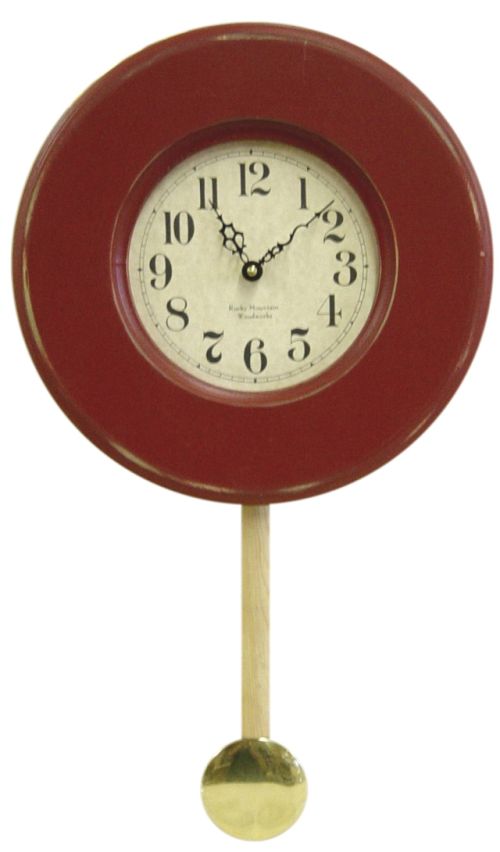
Pendulum Clock
The first mechanical clocks to tell the time continuously (24 hours a day) were based on the pendulum. The time period of a pendulum ( the time taken for one complete swing) is calculated using the following formula to the right →
Π (Pie) is the ratio of the circumference of a circle to its diameter and g, the force of gravity, are both constants so the time period is proportional to the square root of the length of the pendulum.
For example if you make the pendulum 4 times as long then the time period will double. This means you can adjust the time period of the pendulum by moving the pendulum bob (the heavy bit on the end of the pendulum) up and down the shaft of the pendulum.
The pendulum is the basis of timekeeping in many larger clocks such as a Grandfather Clock. Each time the pendulum swings, a cog wheel is allowed to turn one tooth distance using an escape mechanism.
Thus each swing of the pendulum can be used to move the second, minute and hour hand the correct distance with respect to the clock face, using appropriate gear wheels. If the clock is slow you can shorten the pendulum to adjust the time.
It is interesting to note that all early clocks had a face very similar to a sundial and even today the modern analogue clock still bears a passing resemble to the sundial.
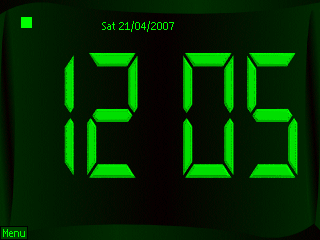
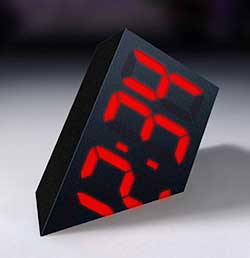
The Digital Age
During the 20th century everything from radio, TV, music, telephony and measuring instruments has gradually became digitised. Timekeeping is no exception.
All sorts of physical and environmental factors affect the accuracy of a traditional analogue clock. These include movement, particularly acceleration, temperature (raised temperature will lengthen the pendulum) and a change in atmospheric pressure.
In contrast, relatively accurate digital clocks can be made for minimum cost. A modern digital clock or watch can be purchased for a few Pounds, Euros or US Dollars. The timing for these devices is supplied by a crystal oscillator (typically quartz).
A battery provides energy to make the crystal vibrate. Different types of crystal vibrate with different frequencies but the frequency for each material is precise. This vibration is used to generate a digital square wave.
A basic quartz crystal typically vibrates around 33000 times a second (33KHz). Digital circuits are then used to divide this square wave down to produce hours, minutes and seconds. These units of time can be either displayed as numbers or translated into the movement of the hands on a traditional analogue clock or watch.
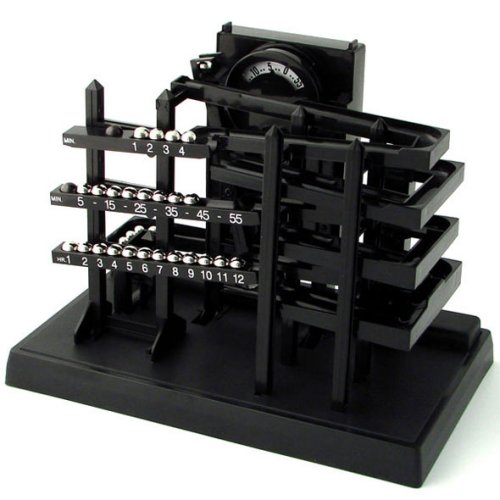
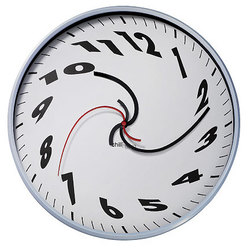
Novelty Clocks
We all have a fascination with clocks and timekeeping. Clocks never go out of style. Humans continue to find new ways of telling the time and presenting the time of day in novel and ingenious new ways.
The ball bearing clock in various forms and materials, has been around for many years. The conventional clock mechanism releases ball bearings which once halted, display the current time in hours and minutes.
Other favorites are clocks which are a mirror image of a conventional analogue clock. The hands therefore move anti-clockwise rather than clockwise. Then there are analogue clocks with distorted faces.
Digital novelty clocks and watches often display the time using something other than normal numbers. A favorite, particularly among geeks, is the binary clock or watch.In binary arithmetic there are only two digits 1 and 0. A lamp or Light Emitting Diode (LED for short) lit represents 1 and unlit represents 0. By having a line of leds any number can be represented. The rightmost column is 1 the next 2, the next 4 and so on.
Binary Watch
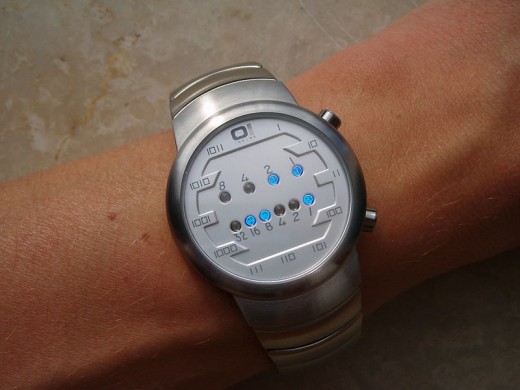
Why Not Get Yourself an Unforgettable Timepiece?
As well as As Time Goes By the Rolling Stones also recorded a track Time Is On Our Side.
If you want to make the most of time and time keeping and get time on your side then why not wow your friends and colleagues with an amazing new clock or watch?
Alternatively, a novelty watch or clock makes a great gift or present for that special someone you just don't know what to buy.
So don't waste any more time. Check out the many cool and innovative timepieces available online right now!

